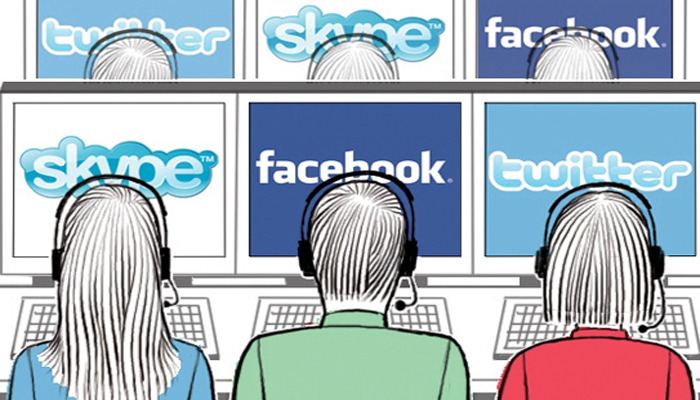 Call centers haven’t just changed; they’ve revolutionized. Everything from the technology to how customers expect us to interact with them has been flipped on its head, particularly in the last five or 10 years. In fact, we don’t even call them call centers most of the time anymore – they’re contact centers.
Call centers haven’t just changed; they’ve revolutionized. Everything from the technology to how customers expect us to interact with them has been flipped on its head, particularly in the last five or 10 years. In fact, we don’t even call them call centers most of the time anymore – they’re contact centers.
The goal is still the same, of course: To solve customer problems, offer support and make customers happy. But the way we go about it is different.
We talk a lot about technology in this blog – we’re a technology provider, after all – but this time we’re going to look at how customer interaction has changed. If you’re not already doing these four things in the call center, chances are you’re behind the competition.
1. Communicate with customers in their preferred channel
When all customer exchanges were done by phone, life was simpler. There was only one place we needed to be when customers reached out – by the phone. Then email crept its way in, and things became slightly more complex.
Enter social media, web chat, texting, mobile apps and more, and now the list of potential channels for communication is long. The tricky thing about that is, you have to be available to customers in all of them. The modern customer expects you to communicate with them in the channel of their choice. That’s means if they reach out through Twitter, they want a response through Twitter. They don’t want to be told to call instead. Problems often can’t be resolved in 140 characters, of course, but at least attempt to address the problem there and say how you plan to help. Ask for their contact info to reach out, rather than just sending yours.
2. Rethink your performance measurements
Metrics are helpful for some things, but they are no longer considered the absolute measure of success in a call center. You might have short wait times, high sales and fast call resolution, but that doesn’t always mean your customers are happy. Success in modern call centers is based on the quality of the customer experience, not just data. Other key performance indicators (KPIs) – for example, resolution on the first contact, not the second or third – are becoming more important.
3. Get customers to the right person – faster
Patience is wearing thin among consumers as a whole for being bounced around from one person to another to get a simple answer. They want to reach someone who can actually answer their question, and that’s really not too much to ask. Tools like skills-based routing and automatic callback can improve the experience for the customers. Skills-based routing sends customers to the agent best equipped to solve their problem, not just the first person available. Automatic callback allows customers to hang up when call volume is high and receive a call back when a suitable agent is available. Many cloud-based call center software providers are now offering those tools as part of their solutions.
4. Get out of the silo
The call center used to operate pretty much in a vacuum. Not much information flowed back and forth from other departments, and functions didn’t overlap with other departments. Today, customer service is viewed as a mission of the entire company and the responsibility of all departments, to some extent. Some social media efforts, which used to be a marketing function, might be handled by customer service. Or, marketing might answer a customer service tweet. The roles of various departments are blending, and that means they need to talk.
Kunnect sells 100% cloud-based call center software that includes a predictive dialer to businesses and political campaigns. Our software, hosted seamlessly in the Amazon platform, manages all inbound and outbound calling for a flat rate of $125 per agent per month with a flat deposit of $125 per user. There are no hidden fees. In addition to the predictive dialer, features include: inbound and outbound calling, CRM integration, call scripting, call recording, ACD, skills-based routing, IVR, live monitoring, real-time statistics, historical reporting and more.





